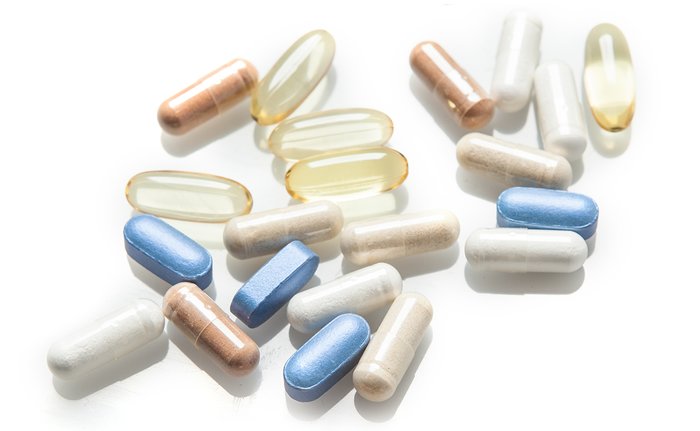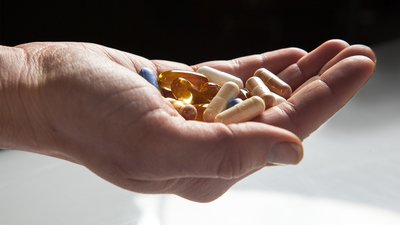Probiotics are the good living organisms that reside in your gut. Know where else they live? In those probiotic capsules and tablets you spend your hard-earned money on.
Or at least, they're supposed to live there. Just like you and I need appropriate conditions to thrive and survive, these health-boosting organisms do, too. Too cold of an environment robs the bacteria of necessary warmth and moisture for growth, whereas an environment that's too hot or humid can actually kill the tiny organisms. And if they're dead, then they're pretty much useless—and your money is pretty much wasted.
How crucial is proper storage? Well, testing conducted in 2009 by Consumer Labs found that 85 percent of probiotics supplements available contained significantly less than what the product claimed on the label![1] Researchers attributed this to improper shipping and storage of the product, which resulted in untimely exposure to withering elements and death of the bacteria.
Even with ideal living conditions, research suggests the number of bacteria in probiotics slowly declines as months go on, at an estimated rate of 5 percent per month.[2] The good news is that companies are now actually adding an overage of probiotics to account for declines in the time from production and shipment to your door or the store.

But there's still a lot you can do to help ensure you're getting a mostly alive probiotic rather than a mostly dead one.
Proper Storage and Handling
- Choose products that are packed in glass, which reduces the risk of exposure to adverse conditions.[3] Also, freeze-dried probiotic supplements provide the best protection against exposure to adverse environments and have the longest shelf life.
- If you purchase a probiotic supplement online that requires cold storage, arrange for quick shipping—preferably overnight—and delivery at a time you will be home to receive the package.
- Always follow the manufacturer's label recommendations. When in doubt, refrigerate. If that's not an option, at least keep the container in a cool, dry place.
- Once you remove a probiotic from its blister pack or container, use it right away. Don't put it in a weekly pill holder. This will increase the likelihood of killing the bacteria.
References
- Consumer Labs. Probiotic Storage Question. (n.d.).
- Now Foods. Probiotic Stability. (n.d.).
- Tamime, A.Y. (2008). Probiotic Dairy Products. John Wiley & Sons.

